We use cookies to make your experience better. Learn more.
Target Separation vs. Target Discrimination: What’s the Difference?
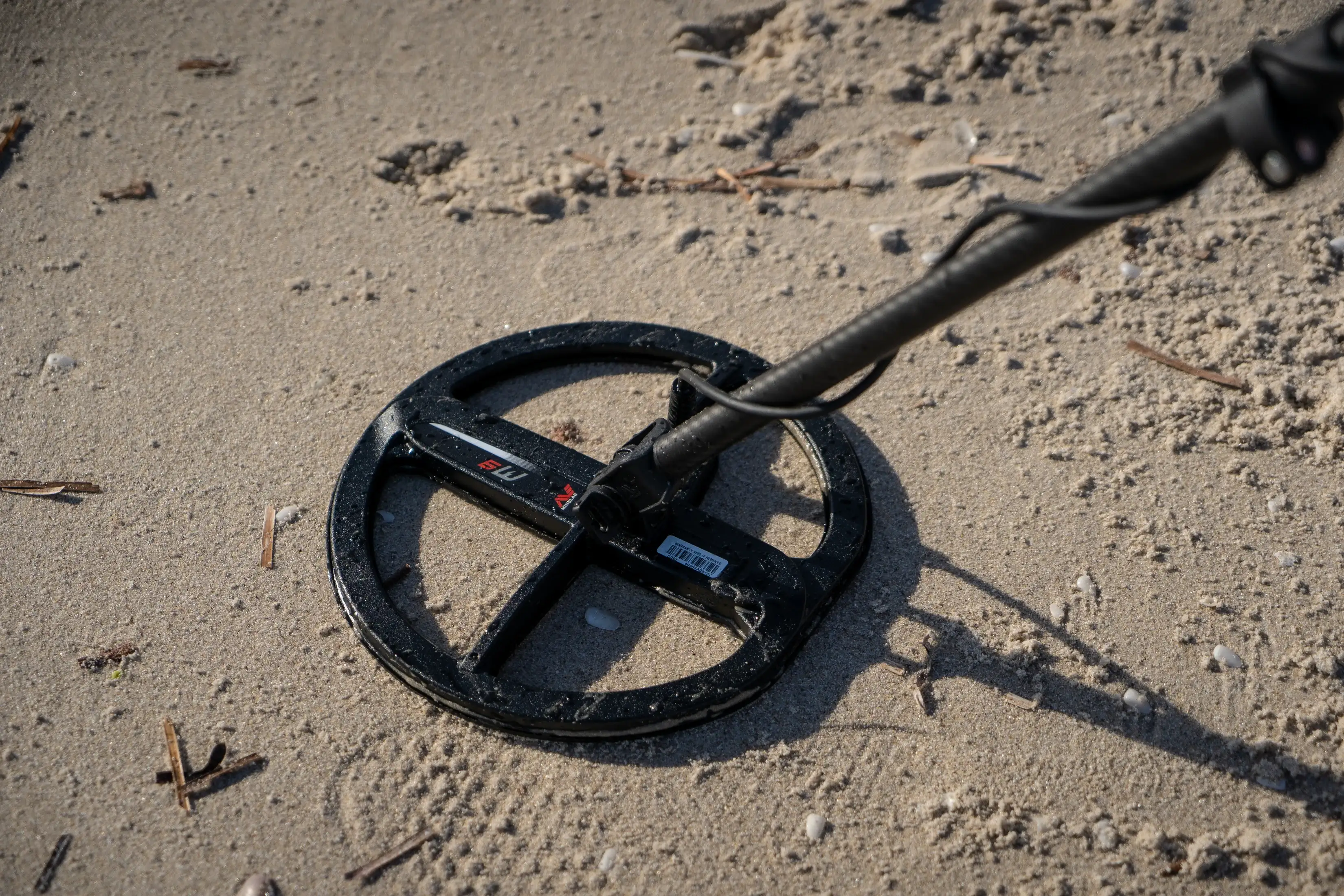
In metal detecting, there are two terms that often get used interchangeably: target separation and target discrimination. They sound similar, and both involve identifying what’s beneath the surface — but they serve very different purposes once you’re out detecting. Understanding how each function works can help you recover more of what you want and less of what you don’t.
What is Target Separation?
Target separation refers to how well a metal detector can distinguish between individual targets that are close together in the ground. Think of it as your detector’s ability to ‘see’ two separate signals when they’re side by side. This becomes especially important in trash-littered areas, old sites with heavy iron content, or locations where good finds are masked by junk.
A detector with excellent target separation will allow you to hear or see the signal from a desirable target (like a coin or relic) even when it’s directly next to an unwanted item, like a rusty nail. Without strong separation, those two items might register as one, or the good signal could be completely missed. Use of a smaller coil can improve the ability for a detector to separate out good targets as well, making them highly effective for trashy areas
Minelab detectors use advanced signal processing and fast recovery speeds to isolate targets more effectively, especially in cluttered environments. It’s not just about depth — it’s about precision between targets.
What is Target Discrimination?
Target discrimination, on the other hand, is about your detector’s ability to identify and reject certain types of metal based on their conductivity or ferrous properties. It’s a filtering system. You can choose to ignore certain metals — like iron or aluminum — so they don’t produce a tone or signal at all.
For example, if you’re searching for coins, you might set your detector to ignore iron and foil. This means you’ll only hear signals from metals in the coin range, helping you focus on the finds you care about most.
Minelab metal detectors are equipped with customizable discrimination settings, allowing you to adapt to different targets and site conditions by adjusting your Target Identification Scale. Whether you’re relic hunting, beach detecting, or searching goldfields, knowing how to set up discrimination helps you cut through the noise and stay efficient. Note, that some detectors, mostly on the Gold side, do not have discrimination.
Why Understanding Both Matters
Good separation lets you find the valuable target hiding next to junk. Effective discrimination helps you avoid digging junk in the first place. When used together, they give you more control, greater efficiency, and better chances of success in the field.
If you’ve ever swung over a busy patch of ground and wondered what’s really down there, that’s where both features earn their keep. And when you’re using a Minelab detector, they work together to bring clarity to even the most complex ground.
April 14, 2025
|
View: 17
|
By: <a class="mp-info" href="https://minelab.com.in/blog/author/minelab-metal-detector">Minelab</a>





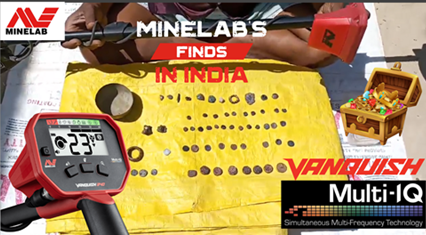
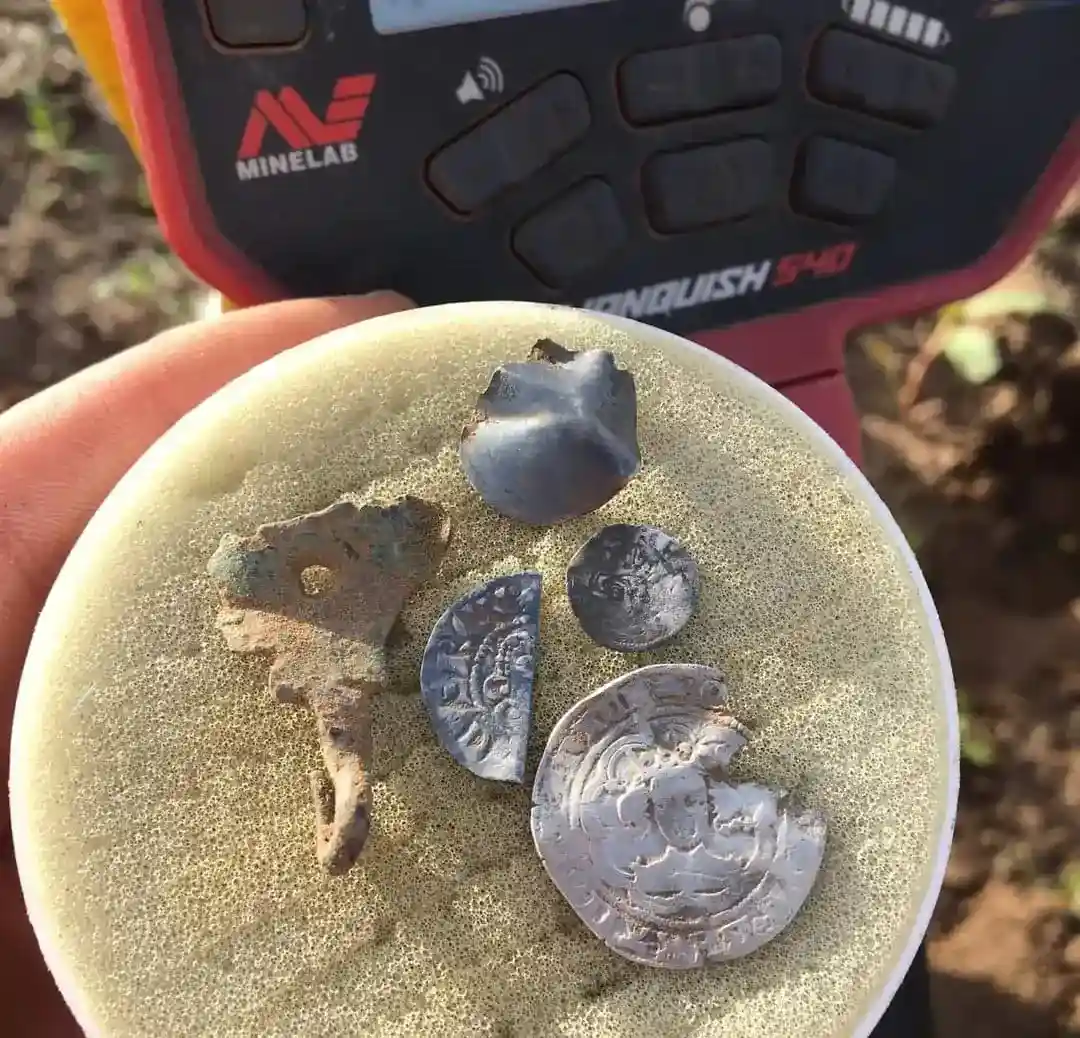

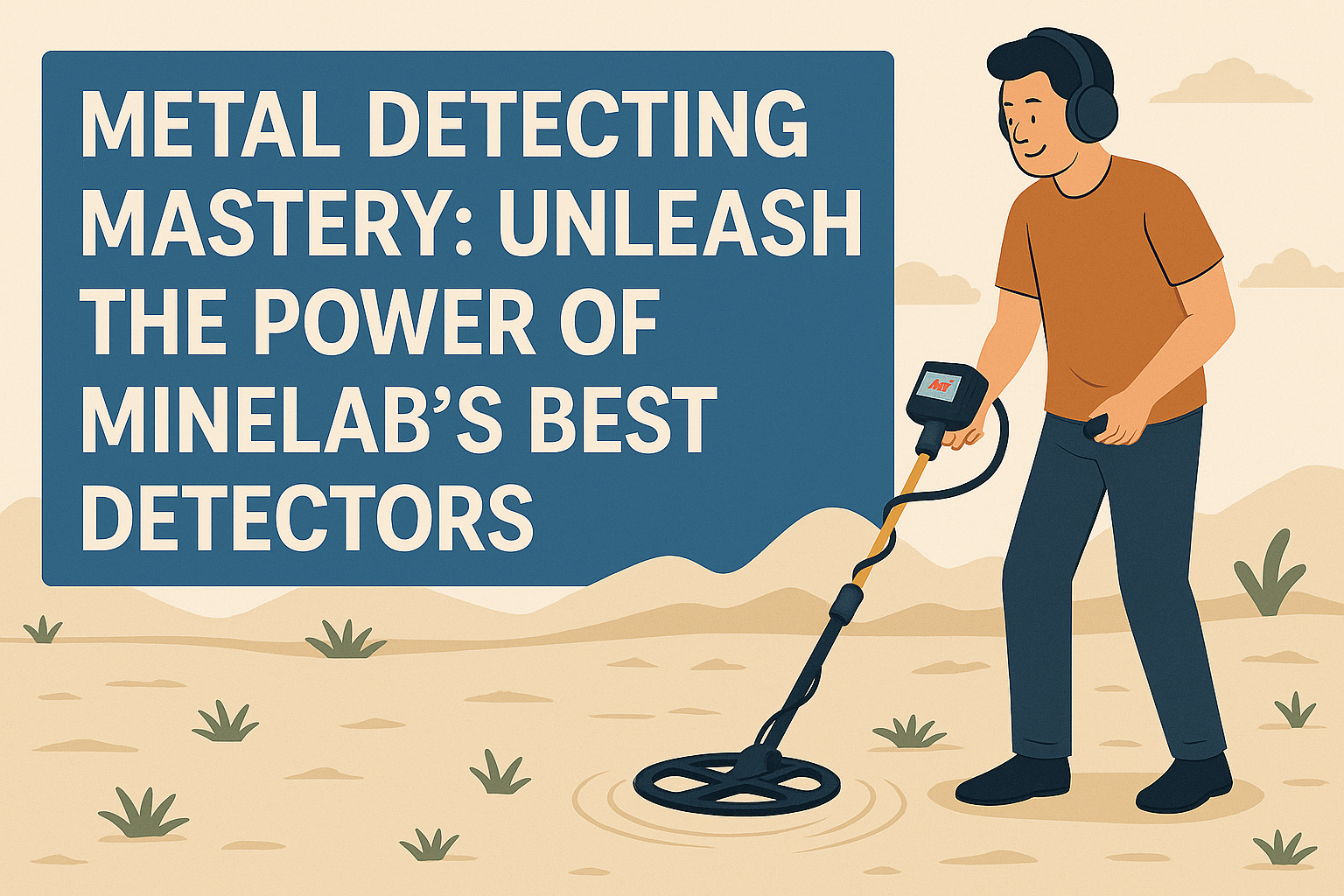
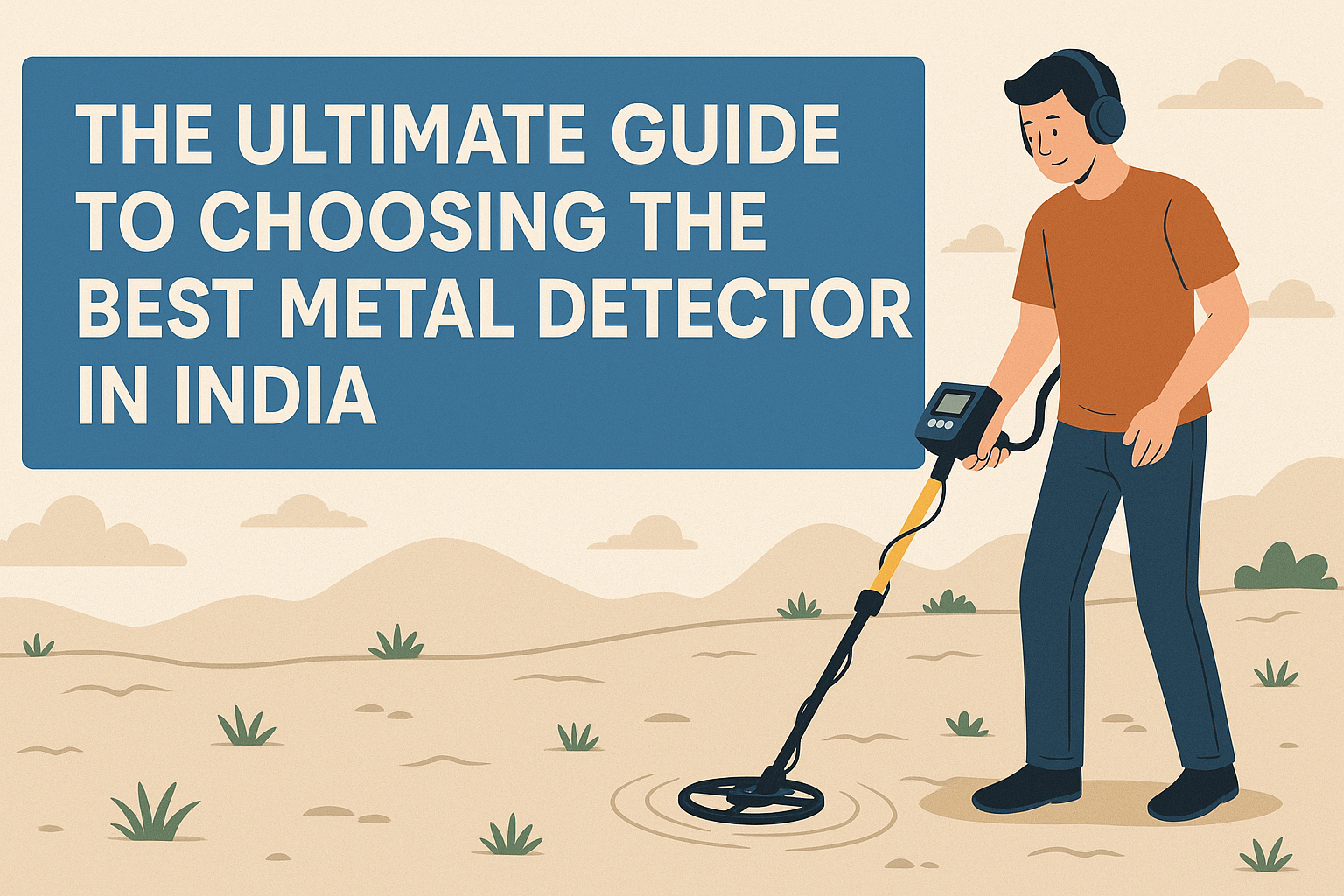
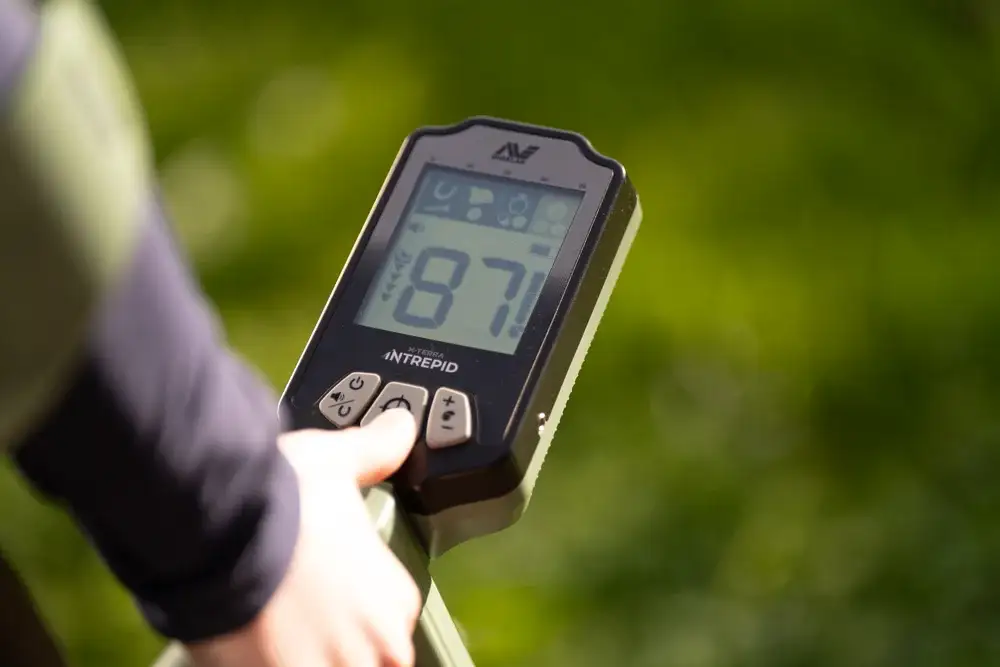
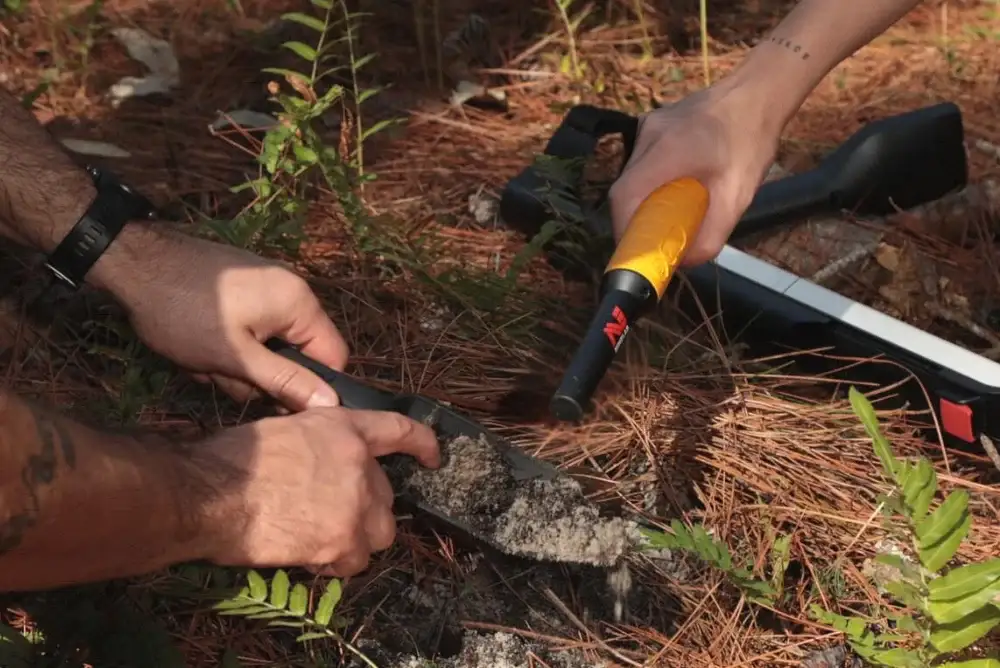
Comments